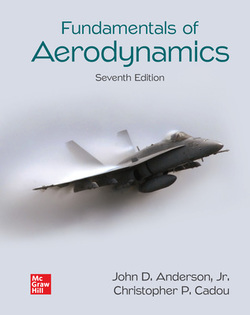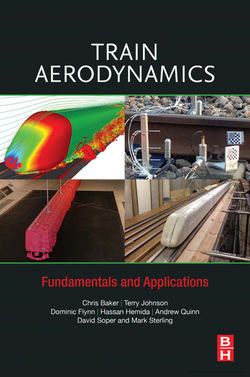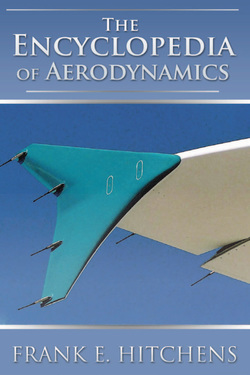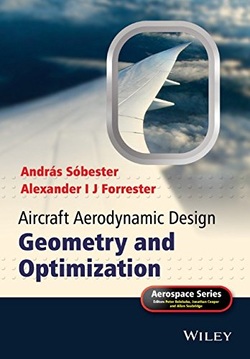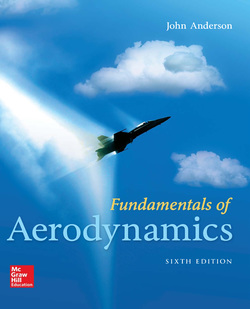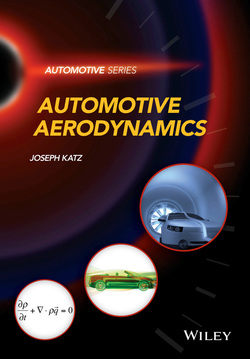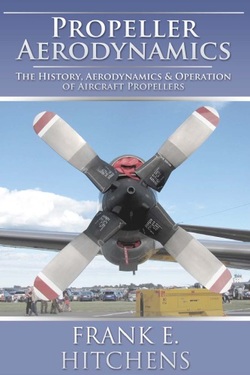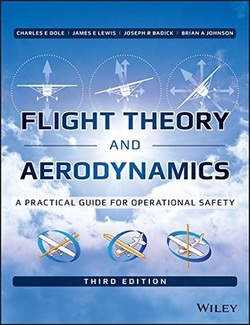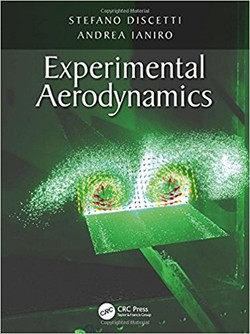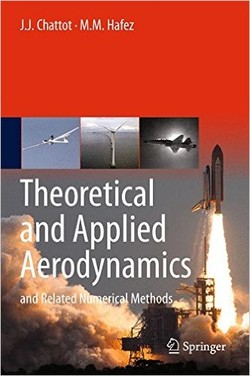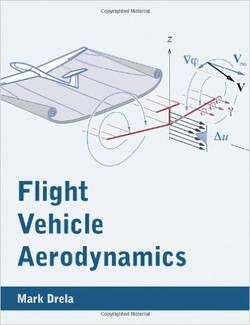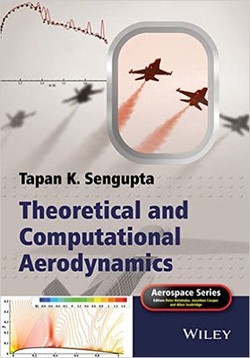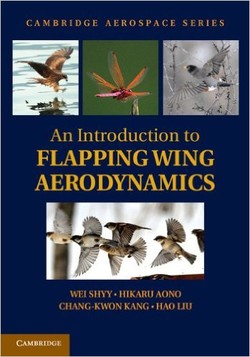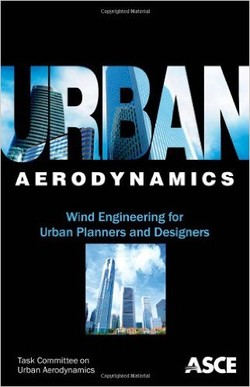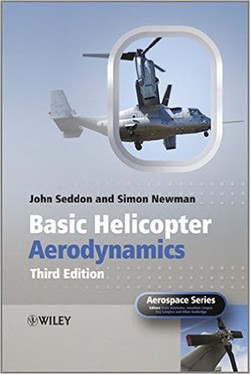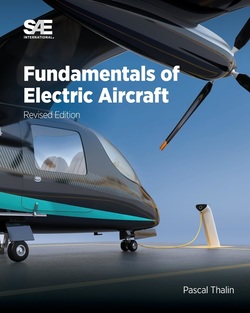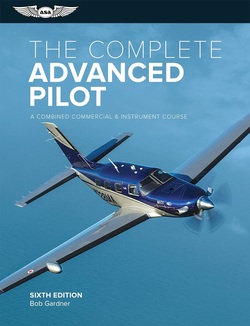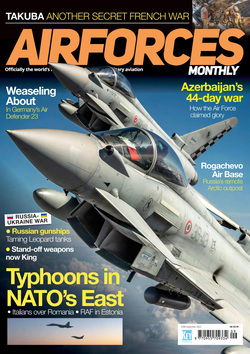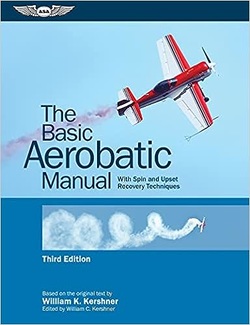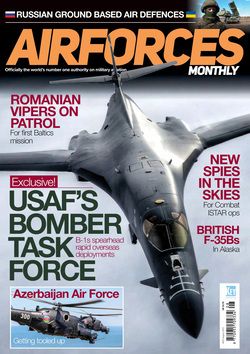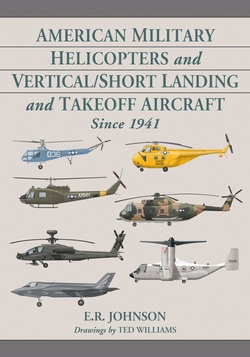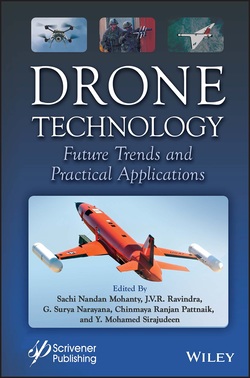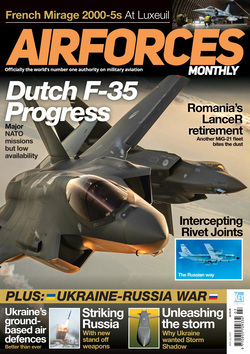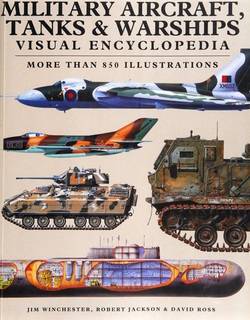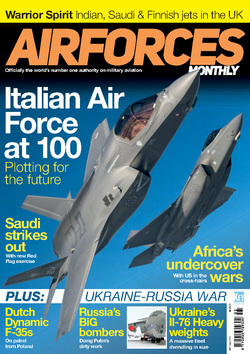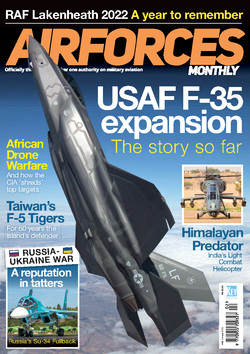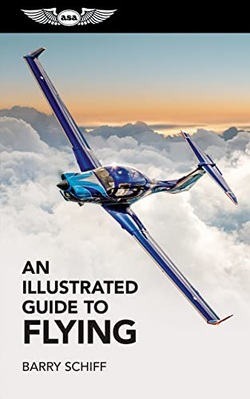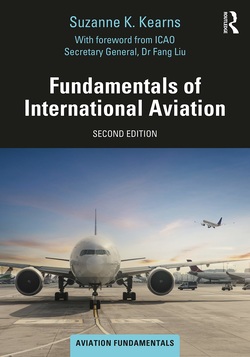آیرودینامیک نظری
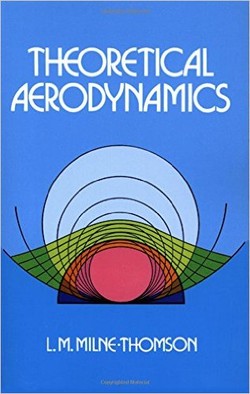
کتاب “آیرودینامیک نظری” یک معرفی عالی برای مطالعه جریان هوای چسبناک با استفاده از تئوری بالقوه میباشد.
این کتاب در طولانیمدت یک متن و منبع دانشگاهی در رشته خود بهشمار میآید.
این ویرایش نسبت به ویرایش قبلی خود در سال 1966 کاملا بازبینی شده است تا موضوعات بهروز را پوشش دهد. همچنین شامل مسائل، تصاویر و ارجاعات متعددی میباشد.
کتاب “آیرودینامیک نظری” شامل فصلهای بیهمتا و کاملی در زمینه جریان مخروطی اطراف بالهای sweptback میباشد.
این کتاب در طولانیمدت یک متن و منبع دانشگاهی در رشته خود بهشمار میآید.
این ویرایش نسبت به ویرایش قبلی خود در سال 1966 کاملا بازبینی شده است تا موضوعات بهروز را پوشش دهد. همچنین شامل مسائل، تصاویر و ارجاعات متعددی میباشد.
کتاب “آیرودینامیک نظری” شامل فصلهای بیهمتا و کاملی در زمینه جریان مخروطی اطراف بالهای sweptback میباشد.
سال انتشار: 2011 | 464 صفحه | حجم فایل: 8 مگابایت | زبان: انگلیسی
Theoretical Aerodynamics
نویسنده
L. M. Milne-Thomson
ناشر
Dover Publications
ISBN10:
048661980X
ISBN13:
9780486619804
قیمت: 16000 تومان
برچسبها: آیرودینامیک
A classic in its field, this university text and reference book has long been one of the basic works. This is the complete reprinting of the revised (1966) edition which brings the subject up to date, including a complete and probably unique chapter on conical flow round sweptback wings.After two introductory chapters on the simplifying assumptions demanded for the study and a final chapter on vectors, the author treats the material in four fairly well-defined parts: (1) two-dimensional aerofoils (two-dimensional motion, rectilinear vortices, the circular cylinder as an aerofoil, Joukowski's transformation, theory of two-dimensional aerofoils, and thin aerofoils); (2) three-dimensional aerofoils (induced velocity, aerofoils of finite aspect ratio, the lifting line theory, lifting surface theory, propellers, and wind tunnel corrections); (3) subsonic and supersonic flow (subsonic flow, supersonic flow, supersonic sweptback and delta wings); and, (4) the aircraft as a whole (simple flight problems, moments, and stability). The treatment is founded on complex variable and vector methods, both of which are explained in the self-contained text. A wealth of problems, illustrations, and cross-references add to the book's value both as a text and a reference. The only prerequisite is a knowledge of the elements of the differential and integral calculus.
